A Conversation with Expert, Clark Boyd
by Digital Strategy Consultant & Visual Search ExpertNovember 2021

The language of fashion is constantly changing as new trends emerge, leading to an overwhelming number of ways to describe a simple product.
Fashion visual search is attempting to bridge the language gap by giving customers new tools to search for products. Whether it’s through camera search or a visual search filter, fashion visual search represents a new opportunity for retailers to engage customers.
Customers can use fashion visual search to:
-find an exact item match
-explore entirely new products
-search within certain parameters (such as silhouette, style, or brand).
And, shoppers are engaged by fashion visual search. As the fashion visual search market continues to grow, a lot has changed in a short amount of time.
We sat down with Clark Boyd, visual search expert, to get his thoughts on a rapidly changing field.
For a brief summary of visual search, check out this article for a primer.
Looking for more information about fashion visual search? Schedule a free 30-minute consultation with our team to learn how to integrate visual search for your business.
YesPlz AI: There have been countless studies that show shoppers lean towards visual search because shopping is inherently a visual process. But, there are still a large number of retailers sticking to text-based search.
Can you elaborate on some of the factors holding back retailers?
Clark Boyd: It seems clear to those of us in the industry that fashion visual search offers a superior discovery experience, so we wonder why retailers have been slow to adopt the technology. In reality, retailers know this too. They know that keywords are a blunt implement for carving what is a nuanced purchase journey.
But it is important to look at the bigger picture to understand why so many websites are still dependent on text-based search.
1- Information Architecture on the Web:
First, we can look at the information architecture of the web. Retailers receive a large proportion of their traffic from Google, and Google works best with text queries. That is changing but for now, retailers may risk losing that traffic if they implemented a more fluid on-site journey. They need static resources that can be crawled and indexed reliably if they want to compete in search engines.
2- Ecommerce Website Templates:
Ecommerce websites are often built using templates that tie together the frontend and backend of the platform. As a result, it is difficult to offer true personalization to each individual consumer. Fashion visual search works best when it can adapt to interactions, so this is far from optimal. Again, this is changing with the advent of headless commerce, for example.
And there’s a question of development time…
I find that too many fashion visual search technologies require significant development time from the retailer. Visual search providers do not always talk in the same language as the retailers, so the value proposition does not hit home.
Data inputs are also more complicated than retailers may realize:
Furthermore, data quality is a huge consideration for retailers wishing to invest in visual search - but too few are aware of this. There is an expectation that fashion visual search can work like magic, but it requires the right inputs before it can deliver. That typically means collaboration between the technology provider and an already stretched retailer development team.
And consumers can get the job done…sort of..
And finally, consumers are typically getting the job done adequately using text-based search. Visual search delivers on currently unseen opportunities, but retailers do not always calculate that opportunity cost accurately. As the quantity of ecommerce traffic rises due to myriad external factors, there is insufficient focus on revolutionizing the quality of the ecommerce experience. The numbers look good enough as it stands, reducing the impetus to change.
YesPlz AI: What are some of the most important questions retailers should consider when implementing a visual search tool?
Clark Boyd: I would say that retailers should consider their customers’ needs, first and foremost. What are their pain points? Where are they struggling to complete their journey? Where could you help them further? Visual search can help answer those questions.”
I would also urge retailers to think about their readiness for the technology. If we look at social media or search engines, it is self-evident that a more visual age of ecommerce is emerging. There is an urgency about integrating visual search, but look at your own inventory and the experiences you want to create for customers before asking a technology provider to link the two.
YesPlz AI: What would be a strong use case of visual search technology other than similar product recommendations in the future?
Clark Boyd: For sure, object recognition and similar item recommendations are two of the most prominent use cases for visual search today. They are very helpful for consumers who know what they want, but don’t know how to describe it.
I consider this to be a “closed” mindset. Spotify uses this term to describe its users who just want to find that one song or album they want to hear right now. Spotify’s job in these moments is to get them to the destination as quickly as possible. Visual search is excellent at this; for example, if I have a picture of something I want to buy. That is extended a little with similar recommendations, although the journey is still tied to the stimulus query.
But what about when consumers have only a rough idea of what they want? Or when they are in the mood to browse? In this mindset, which I would call “open”, they are receptive to ideas. How do today’s ecommerce experiences cater for that need?
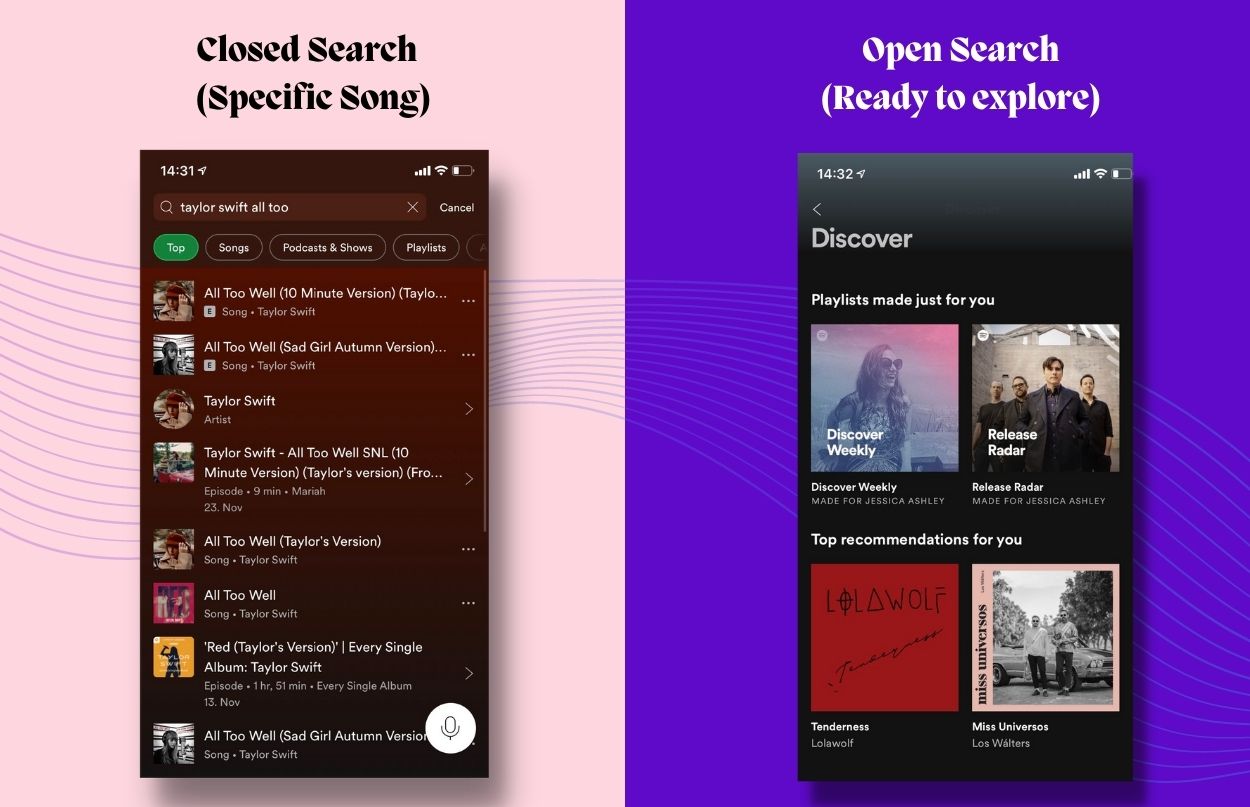
(Spotify Search Experience)
YesPlz AI: Have you seen any interesting/forward-looking examples in other companies? We've seen camera search, merchandising, and similar product recommendations.
Clark Boyd: Fashion visual search should take user data, whether observed, inferred, or declared, and do something more with it. It should pick up on visual and semantic clues in the user’s behavior, then use this to match with new ideas in the retailer’s inventory. To run with the Spotify example, the Discover Weekly playlist does this well. A visual search counterpart to this curated serendipity could achieve excellent results for retailers and consumers.
I do see brands laying the foundations for this. Levi’s is on the right track with their new web experience and they are right to blend visual search with semantic search to gather a full picture of the customer’s needs.
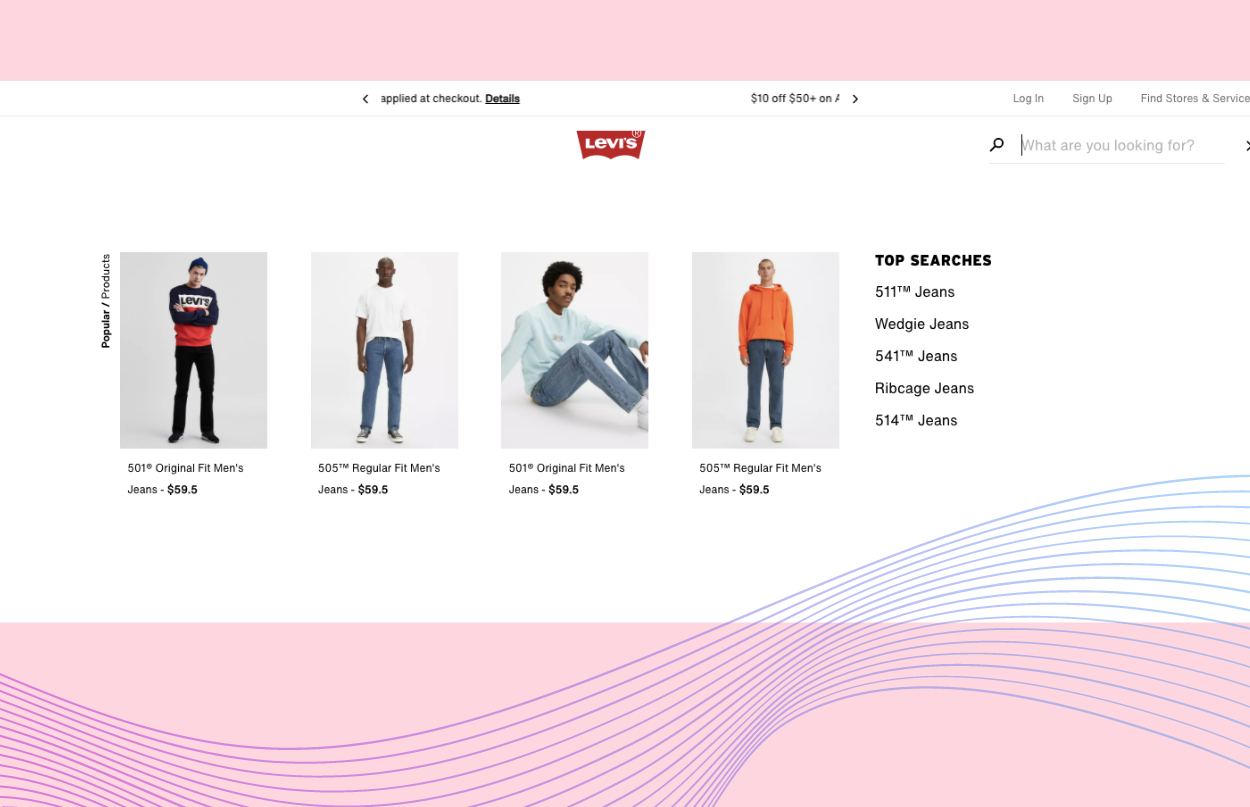
(Levi's Search Experience)
Another great example would be the emergence of shoppable TV. Who better to identify objects in scenes, then recommend styles and ideas, than visual search companies?
YesPlz AI: There has been some recent news in visual search in terms of acquisitions—Donde Search and Slyce, in particular. What are the implications for eCommerce and the way we look at the product search journey as a whole?
Clark Boyd: The visual search M&A scene is definitely hotting up. There is a sense that the industry is maturing and perhaps some consolidation is inevitable. Algolia has also raised a further $150mn for its search-as-a-service platform, putting its value at more than $2bn now.
I would look at Google’s announcement of multimodal search to get an idea of where we’re heading, too. At Google’s scale, it is difficult to move the needle and it clearly believes a more visual search experience can achieve this goal. That has to be a positive sign for the industry, as Google can help normalize image-driven search as a customer behavior.
YesPlz AI: Does this mean we're finally moving towards a visual-first search landscape?
Clark Boyd: The path to visual-first search is unlikely to be linear, however. There are some remaining technological constraints to remove and the learned behavior of text-based searching will take some time to unlearn. Yet the direction of travel is clear.
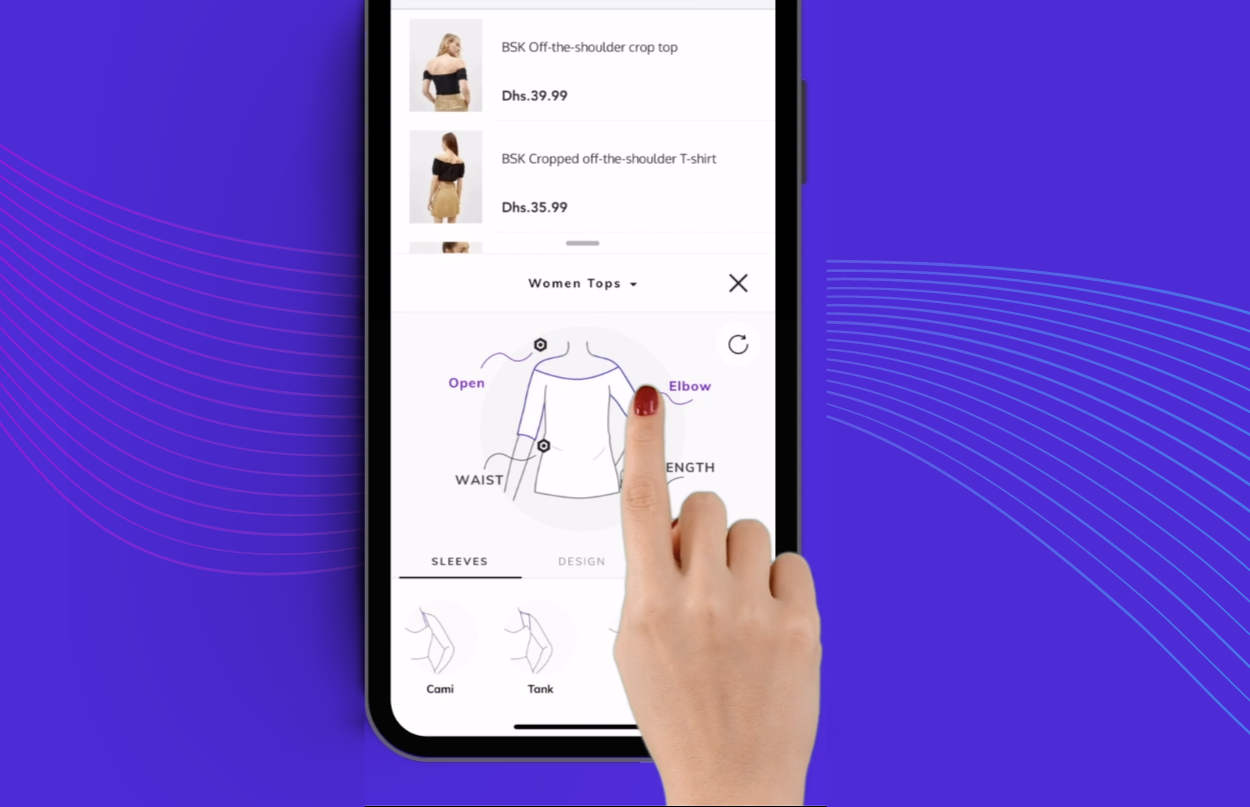
(YesPlz AI Visual Search Experience)
It reminds me of that great Hemingway line from The Sun Also Rises. “How did you go bankrupt?" “Two ways. Gradually, then suddenly.”
We see this with technological tipping points, too.
The smart retailers are getting ahead of the trend by implementing visual search today.
Looking to stay ahead of the curve? Schedule a call to discuss visual search solutions for your company.
Clark Boyd is a digital strategy consultant and visual search expert. He works with early-stage AI startups and also lectures at business schools on innovation and strategy.
Over the last 12 years, he has devised and implemented international marketing campaigns for brands including American Express, adidas, and General Motors.
Clark's hi, tech. newsletter discusses the latest trends in retail, AI, and visual search each week.

Written by Digital Strategy Consultant & Visual Search Expert
Clark works with early-stage AI startups and also lectures at business schools on innovation and strategy. Over the last 12 years, he has devised and implemented international marketing campaigns for brands including American Express, adidas, and General Motors.
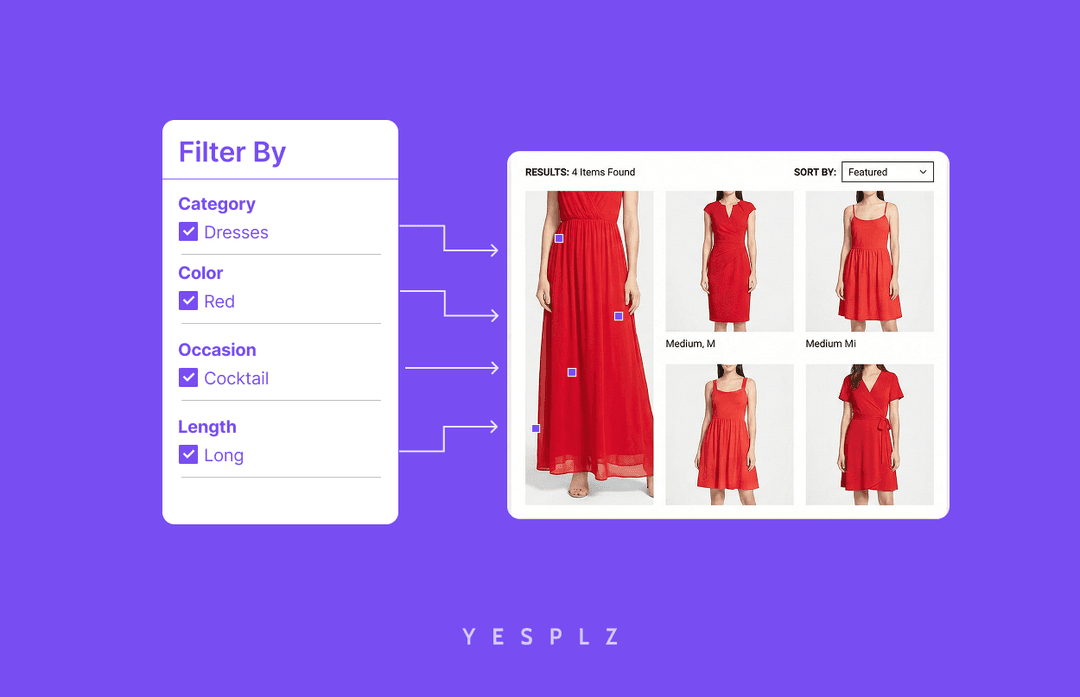
Stop losing sales to poor product filtering. Discover how AI simplifies creating Shopify filters, saving you 25-50 hours per 100 products.
by YesPlz.AI
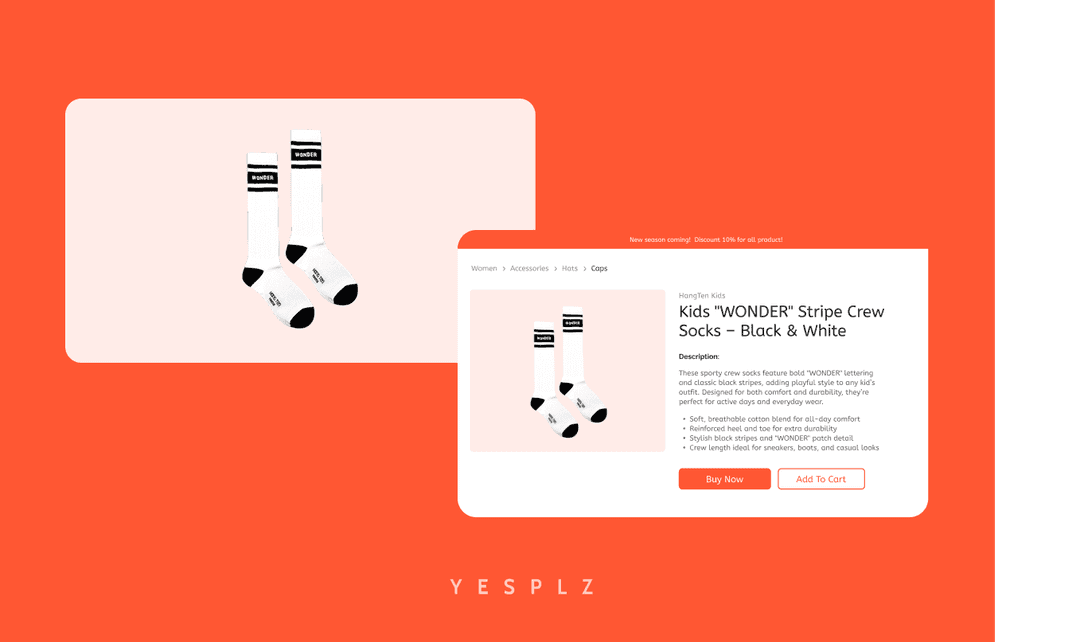
Automate Shopify product pages and cut 50–100 hours of manual work. AI generates product titles, descriptions, and metadata instantly from product images.
by YesPlz.AI